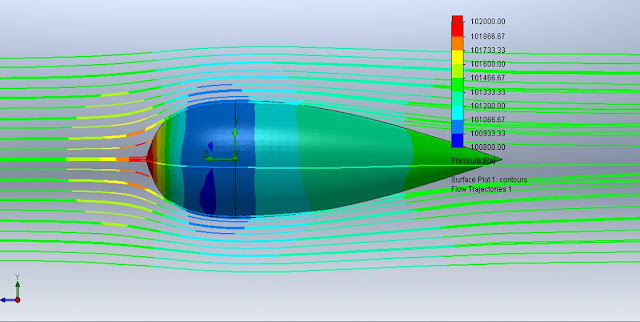The Bloke here who is big into Ted's designs , relates them as being easy to fly ( by anyone ) with good all round performance ,
whereas he states ' other designs ' can be suited to a narrow range of pilots. not everyone can fly them well , get good performance from them .
I regard the ' total airfoil ' as being equally significant to say half the rest of the design factors . Moments Areas etc .
In the case of a few , such as the Typhoon (Hawker ) with ' No Nose ' ( 4 1/2 inch L E to Spinner ) on a 60 inch span , A similar airfoil to my Folkerts is used . Blunter entry ( Fwd. L E , tho . )
Assume the blunter ' entry ' gets lower ' nervousness ' .
The Mustang used a Typical Hunt / Wewage Airfoil , again with a blunter entry . This ship only came right with elevator freeplay . 5 m.m. at Elev. T E . , and came better then as the C G went aft .
( yet to see if the lighter ST 46 now in it is a step to far, in aftness of C G yet .
The Typhoon has no tendancy to self diverge - The response is smooth and steady . Turn tightening exponetially with handle . Tho at 7 Ton , the effective speed range ( lower ) is narrow ,
or it becomes a dray , falling off all over the place . The near completed Fuse Plug , combined with a 1/16th D tube wing , should loose maybe 20 ounces tho .
The Tempest ( Hawker ) wing compatable to this Fuse Plug , is same airfoil as the P-51 Mustang . So we have hih hopes for its capeability .

3.2 : 1 @ 42 M/Sec.
https://www.f1technical.net/forum/viewtopic.php?t=14575
The ' Less Disruptive ' TEARDROP aerodynamic form . !
If one looks at a airfoil as a deriveitive of a ROUND ( say Bar ) things get intresting . AT LEAST IT WOULD TURN FAIRLY WELL . !


The Blue Hara Hurricane Derived device ( above ) has aerodynamically extortionate ! L E , flowing into flat flanks .
Still gets toey , or pilot induced , and wind induced divergence. and buffet .
But C G forward - flys like a tractor or digger . Pul it turns . let of it straightens . Very forgiveing - bar buffet in say 12 knot plus wind . Earlyer still stayed out in 18 knot .
The thing is , to Visualise . And not be entirely blinded by science . Tho no doubt the maths can be usefull . If the results dont suit the theory , change the theory .
As some renowned scholar here has stated .
P.S. I think the most important ' design ' feature is FLYING . Lots. Hundreds of hours . On Anything thatll do the schedulle . The worse the better . youll learn a lot more' coaxing ' it through .
AND a bullet proof control system . It should work like a rifle bolt - . NO DEFLECTION whatsoever , if possable , under any envisaged flight loads .
If the things straight and timbers matched side to side , away you go . The best experiance is experiance . rain hail or shine . Adverse winds are most informative as to design / configuration inadequacies .